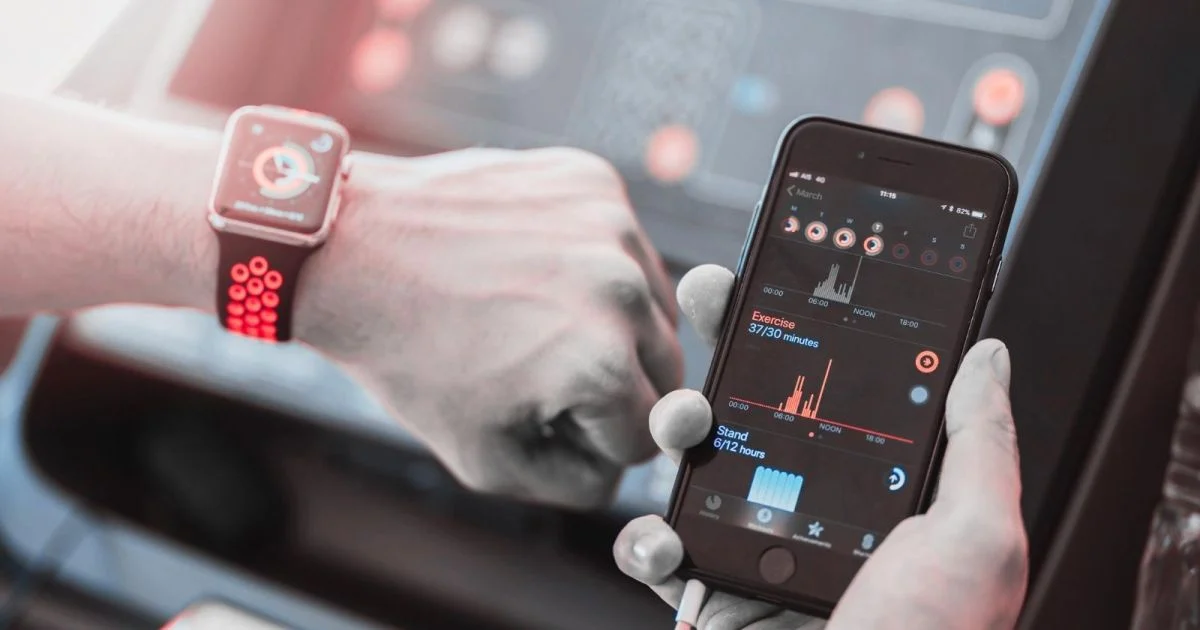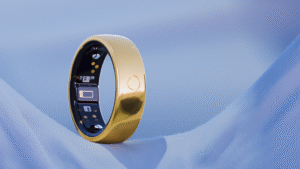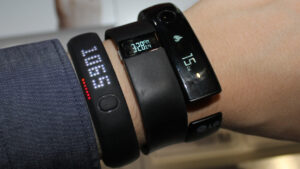
Wearable technology enables individuals to keep an eye on their health in real-time, from fitness trackers and glucose monitoring systems for diabetics, these devices allow early clinical intervention of healthcare issues.
As they provide physicians with a more complete view of a patient’s health via remote patient monitoring, remote sensors also give doctors access to more data regarding durability, comfort, accuracy, and privacy concerns.
Empowering Patients
No matter if it is an Apple Watch Series 5 or Fitbit tracker, wearable devices are an invaluable way to become more proactive about our health. By providing access to data that can assist them with staying well, these devices give users access to vital health metrics like heart rate variability and rhythm, sleep patterns and ECG results – they even can assist weight loss efforts by tracking workout sessions, calories burned and more!
Wearables also allow individuals to monitor early warning signs that may indicate impending health problems and take steps to mitigate further complications, as evidenced by Australia’s COVID-19 outbreak where patients used wearables to monitor symptoms and flag early warning signs for early intervention. One such case involved COVID-19 patients using wearables for monitoring symptoms and early warning signals during hospital admissions reductions due to wearingables displaying early warnings signs.
Wearable technology has also been demonstrated to facilitate positive behavioral change by incentivizing individuals to engage in more physical activity through step challenges or goal setting, which may contribute to leading healthier lifestyles and help alleviate obesity epidemics, such as that seen among those hit hardest by COVID-19 pandemic.
Wearable devices offer many potential advantages; however, their use can also raise serious privacy and security issues. Wearables can be vulnerable to hacking attacks and data collection errors; thus discouraging people from regularly using them over extended periods.
Shifting the Focus from Reactive to Proactive
With wearable devices that monitor not only steps and calories but also sleep cycles, stress levels and ECG readings – healthcare is increasingly data driven. As these devices evolve further, they will offer a steady stream of personalized health data which can inform telehealth services and remote patient monitoring as well as keep patients and providers aware of any vital sign changes quickly and avoid potential deterioration in care.
An ongoing glucose monitor allows diabetics to closely track their blood sugar levels throughout the day, helping prevent fluctuations that could result in serious medical complications. A similar principle can apply for other chronic conditions like hypertension or heart disease; many studies indicate that proactive healthcare management will lead to improved outcomes and greater patient satisfaction.
As healthcare wearables offer several distinct advantages over their predecessors, their full potential should only be realized when their use is unhindered by barriers like privacy issues, technical difficulties and fatigue that discourage regular uptake. A key strategy to overcoming such hurdles lies in educating both clinicians and patients themselves that consumer wearables cannot provide medically accurate data alone; rather these tools should be seen as part of an encompassing treatment plan that encompasses every aspect of health and well-being for their use to be most beneficial.
Hyper-Personalization
Wellue’s DuoEK heartbeat monitor uses heartbeat tracking to detect symptoms of arrhythmia such as tachycardia and bradycardia as well as detect pauses in heartbeat and premature atrial contraction (PAC).
Patients often rely on these devices as lifelines in managing chronic disease. They can detect increases in stress levels or disturbances in sleep patterns, helping them take action before conditions worsen and require costly hospital visits – ultimately improving long-term health outcomes and saving costs in hospital visits.
Workplace wellness programs can utilize wearable technology to increase employee morale and lower burnout rates. Incentivizing uptake by rewarding workers with perks can serve to motivate workers while simultaneously signalling to leadership the significance of wellness in the workplace. Furthermore, offering wearables in the office can facilitate group activities which encourage positive behavioral change that contribute to creating a culture of well-being in your office environment.
Healthtech innovations like epidermal sensors offer another innovative method to monitor body temperature, hydration levels and electrical activity of muscles without resorting to intrusive procedures or violating users’ privacy. This enables individuals to monitor their own health both at home and when away, saving both time, money and stress while upholding dignity.
Data-Driven Decision-Making
Wearable data helps individuals make personalized healthcare decisions and tailor their healthcare regimens, leading to improved outcomes. For instance, chronic disease management devices that detect changes in blood pressure could alert users before the condition worsens; devices tracking sleep or heart rate could identify anomalies and alert users of potential risks.
Wearable devices can assist healthcare providers in measuring the efficacy of a treatment plan and informing further steps based on an individual’s response to medication or therapy, helping reduce unnecessary hospital visits while streamlining care delivery while cutting costs and staff workload. This makes for more cost-efficient care while decreasing staff workload requirements.
However, wearables do present some challenges that must be overcome for continued use and success. Some wearables may generate inaccurate data and be difficult to use properly; their price tags may prevent some from having access; furthermore some devices cannot track certain activities such as strength exercises which could discourage continued usage over an extended period.
While these issues should be taken seriously, it is also vitally important to recognize that barriers can be overcome with enough encouragement and support. A great strategy would be providing positive reinforcement for success while offering encouragement when goals are missed.




